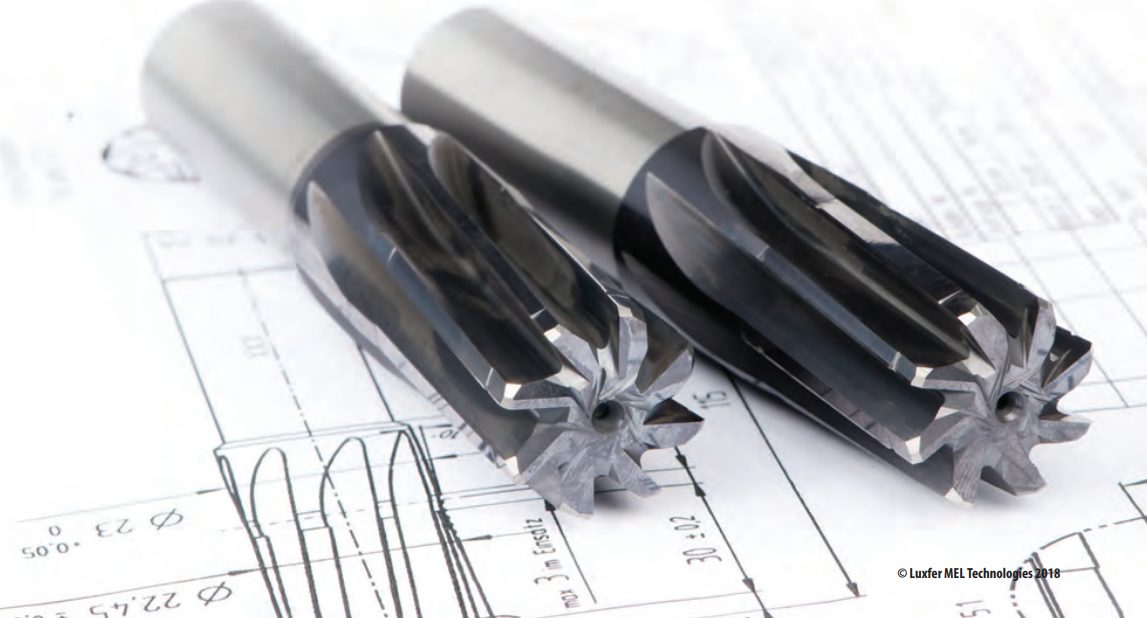Machining Magnesium with Carbide Tooling
Read about the benefits of carbide tools for cutting and machining magnesium.
Magnesium is the lightest commercially available structural metal and exhibits excellent machinability. It has unique characteristics and requires just 55% of the power needed for machining aluminium.
It is safe and recommended to use carbide tooling on magnesium alloys. Best practice for machining magnesium alloys should be followed, keep a look out for further articles on this topic.
Machining magnesium versus aluminium
Tool ranges used during the machining of aluminium can also be used for magnesium. These give satisfactory results. However, due to the free-machining characteristics, relatively low cutting pressures and slightly lower heat capacity of magnesium, best machining practice should take tool material, tool life and tool geometry into consideration.
Cutting speeds and tool stability
The potential for high-speed machining of magnesium alloys is usually only limited by the stability of the component in the clamping device, chip extraction or the rotation speed or accuracy limits of the cutting tool or machine.
The mean specific cutting force (ks1.1) of magnesium is 280 N/mm2 (40.61ksi), much lower than that of aluminium (approx. 640 N/mm2 (92.82 ksi). The result of this means that there is a reduced load on the cutter and tool body allowing higher cutting speeds and feed rates.
Benefits of carbide tooling
Higher speeds can be enjoyed with the use of carbide tooling, although HSS tooling can be used and is often employed in twist drills, taps and broaches. Carbide is the preferred tooling material for most machining operations on magnesium alloys.
Carbide gives a balance of economics and the ability to perform high volume production runs. Carbide tools offer the following advantages for machining magnesium:
- Gives a good surface finish
- Wear resistant
- Eliminates the occurrence of built-up edge (BUE) on the tool
- Uncoated carbide tools allow for sharper cutting edges
- Less costly that PCD


Tool geometry can aid efficiency
In order to take advantage of the machining characteristics of magnesium it is useful to consider recommended tool design and angles. The geometry of the tool can have a large influence on the machining process.
Tool geometry can be used to aid with:
- Chip flow and clearance
- Reduce excessive heat generation
- Reduce tool build up
- Enable greater feed rates to be employed
- Improve tool life.

